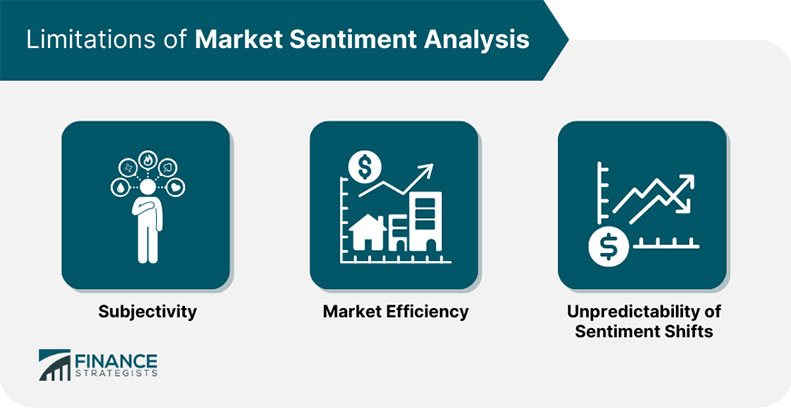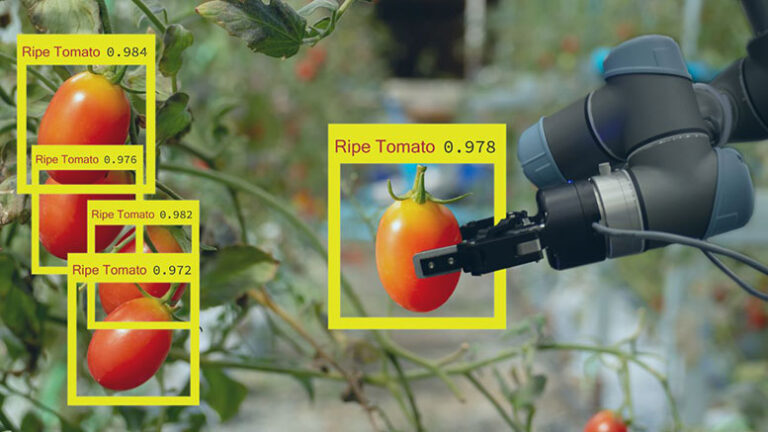Sentiment Analysis: Understanding Emotions through Data
Table of Contents
Sentiment analysis, also known as opinion mining, is a branch of natural language processing (NLP) that focuses on understanding and extracting emotions from text data. The goal is to categorize the sentiment of a piece of text as positive, negative, or neutral.
In today’s digital age, the amount of data being generated on a daily basis is staggering. From social media posts to customer reviews, there is a wealth of information available for businesses to analyze and gain insights from.
One of the key areas where data analysis is being increasingly used is in sentiment analysis, which is the process of analyzing text data to determine the sentiment or emotion expressed by the writer.
In this article, we will delve into its applications, challenges, and future prospects.
What is Sentiment Analysis?
Also known as opinion mining, is a branch of natural language processing (NLP) that focuses on understanding and extracting emotions from text data.
Its goal is to categorize the sentiment of a piece of text as positive, negative, or neutral.
This can be done using various techniques such as machine learning algorithms, lexicon-based analysis, and rule-based systems.
Applications
Sentiment analysis has a wide range of applications across different industries.
One of the most common uses is in social media monitoring. Companies use it to track the sentiment of their brand, products, and services on social media platforms.
By analyzing social media posts, companies can gain valuable insights into customer opinions, preferences, and trends.
Another important application of sentiment analysis is in customer feedback analysis.
Businesses can analyze customer reviews, surveys, and feedback forms to understand customer satisfaction levels and identify areas for improvement.
By analyzing the sentiment of customer feedback, companies can quickly address any issues and improve customer experience.
Sentiment analysis is also widely used in market research and competitive analysis.
By analyzing customer reviews and opinions, businesses can gain insights into market trends, competitor performance, and consumer preferences.
This information can be used to make informed business decisions and develop effective marketing strategies.

Limitations
While sentiment analysis has many applications and benefits, it also comes with its own set of limitations, the main one is the complexity of human emotions.
Emotions are subjective and can vary greatly from person to person. This makes it difficult for sentiment analysis algorithms to accurately categorize emotions in text data.
Another challenge is the presence of sarcasm and irony in text data.
Sarcasm and irony can be difficult to detect using traditional sentiment analysis techniques, as they often involve the use of language that is opposite to the intended meaning.
This can lead to inaccurate sentiment classification and misinterpretation of text data.
The Future
Despite the challenges, sentiment analysis has a bright future ahead.
With advances in machine learning and artificial intelligence, sentiment analysis algorithms are becoming more accurate and reliable.
Researchers are constantly working on developing new techniques and models to improve their accuracy.
One of the key areas of research in sentiment analysis is the use of deep learning techniques such as neural networks.
Deep learning models have shown promising results in sentiment analysis tasks, as they are able to capture complex patterns and relationships in text data.
By using deep learning models, researchers hope to improve the accuracy and efficiency of the algorithms.
In conclusion, sentiment analysis is a powerful tool that can provide valuable insights into customer opinions, market trends, and brand reputation.
By analyzing text data, businesses can gain a deeper understanding of customer emotions and preferences, and make informed decisions based on this information.
With ongoing research and advancements in technology, the future of sentiment analysis looks promising, and we can expect to see even more innovative applications in the years to come.
Featured image credit:
Flickr | License details
Limitations of Market SA image credit:
creativecommons.org | License details




